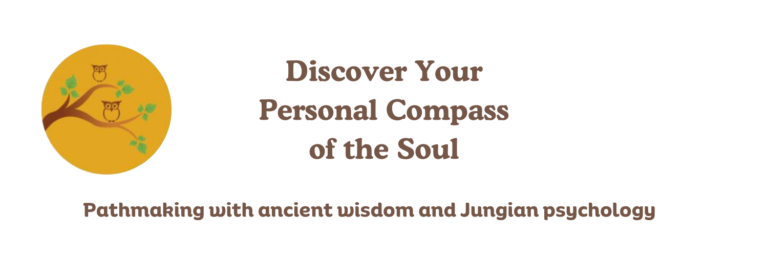John Beebe’s function stack of the personality type works like a cast of characters in a play, rather than in a rigid numerical order.
In most type systems the four functions are typically in a hierarchy, with your most dominant function being at the top, and your weakest inferior function at the bottom.
Beebe says that the 8 archetypes are subpersonalities found within all of us. The archetypes for the first four functions are: Hero, Parent, Eternal Child, Anima/Animus. The archetypes of the 4 shadow functions are: Opposing Personality, Senex/Witch, Trickster, and Demon.
For example, in considering your Parent function, it is viewed archetypally as how this is the manner in which you typically “parent” others. There may be times the shadow side of your parent function gets triggered. This movement and dynamic is always at play. So an extroverted feeling Parent function, for example, will at times have an Fi quality.
Also, because of environment, genetics, and your unique calling, the Parent archetype might not be as strong in you as it is in another person, whereas your Eternal Child archetype might be stronger. This is how his model moves beyond a “function stack.” It teaches us to think more archetypally rather than being hyper-focused on the function positions.
Here is how Beebe describes this:
As we move beyond the heroic first function, however, we should recognize that not all of the eight functions follow hero psychology in being measurable by their degree of strength. They do not, in actual experience, follow a descending hierarchy of differentiation from first (superior) through fourth (inferior) to eighth. Rather, the strength, and the kind of strength, a function of consciousness displays is a consequence of the archetypal role associated with it, and archetypes are differently developed in different people. The numbering of the positions is a bit of an anachronism, left over from the early days of Jungian psychology and of Isabel Briggs Myers’s adaptation of that psychology to the analysis of the MBTI findings. When I use numbering today, in these post-heroic times, the numbers are meant to be read as qualitative rather than quantitative…
Energies and Patterns in Psychological Type by John Beebe, p. 135. Emphasis mine
Another thing to keep in mind is that in Beebe’s model, the Hero and Anima/Animus functions form the spine of the personality and are used in forming our identity and our relationship to self. The middle two functions, Parent and Eternal Child, are the functions we use in our relations to others. This helps us process how we interact with self and others and make course corrections when needed.
For example, if your Hero function is extroverted intuition (Ne), and you notice that you’ve overwhelmed someone with a barrage of new ideas when they came to you with a problem, you can note that you slipped up in that moment and were using your Ne Hero function in a Parent way. As an ENTP it is introverted thinking (Ti) that is the healthy use of the Parent archetype. Another example is an INFJ type using Eternal Child introverted thinking when interacting with someone in a moment where Parent function was what was really needed from the person.
Marie-Louise von Franz said that when we develop our second and third function it is such a difficult task that sometimes “people actually become a different type, which was not their original type, for eight or ten years.” These Parent and Eternal Child archetypes are often in flux, which is important to keep in mind.
This cast of characters is always moving, sometimes in harmony and sometimes colliding with each other. Thinking in terms of these archetypes, rather than only on minutiae of cognitive functions, helps us improve our relationship with our self and with others.
It seems fitting to close with one of my favorite James Hillman quotes:
Her character must consist in several characters—“partial personalities,” as psychology calls these figures who stir your impulses and enter your dreams, figures who would dare what you would not, who push and pull you off the beaten track, whose truth breaks through after a carafe of wine in a strange town. Character is characters; our nature is a plural complexity, a multiphasic polysemous weave, a bundle, a tangle, a sleeve. That’s why we need a long old age: to ravel out the snarls and set things straight.
The Force of Character by James Hillman, location 793 of Kindle edition. Emphasis mine
Index to my other posts about the John Beebe archetypal 8 function personality type model
Sources used in this post:
Energies and Patterns in Psychological Type by John Beebe
Lectures on Jung’s Typology by Marie-Louise von Franz
The Force of Character by James Hillman (if you’ve never read a book by James Hillman this is a good one to start with)
